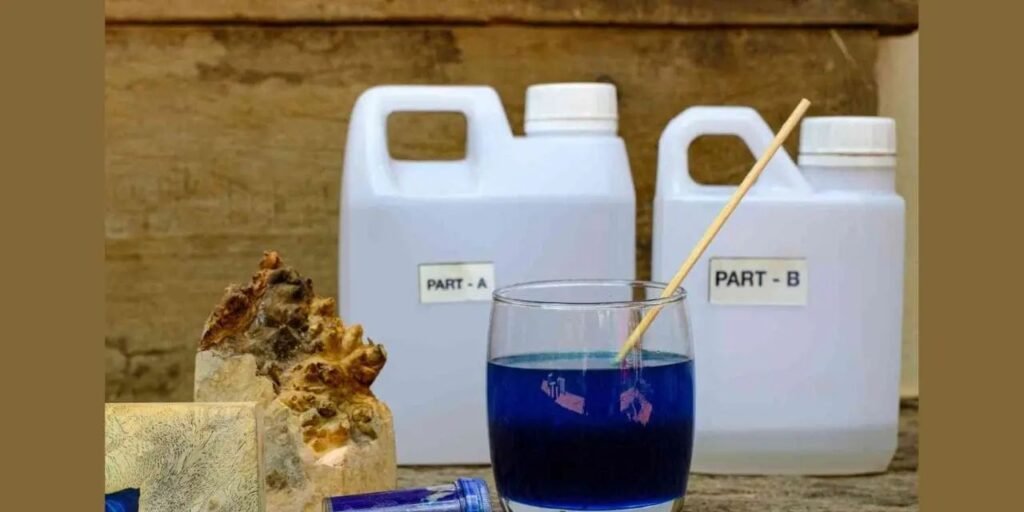
The report “Water-based Resins Market by Type (Acrylic, Epoxy, Alkyd, Polyurethane, Vinyl, Polyester), Application (Paints & Coatings, Adhesives & Sealants, Inks), and Region (Asia Pacific, North America, Europe, MEA and South America) – Global Forecast to 2029″, size is projected to grow from USD 56.5 billion in 2024 and is projected to reach USD 73.7 Billion by 2029, at a CAGR of 5.5%. The growth of the water-based resins market is primarily driven by rising demand from the paints and coatings, as well as adhesives and sealants sectors. This surge in demand can be attributed to stringent regulations imposed by various governments on the permissible levels of volatile organic compounds (VOCs). These regulations have led to a significant decrease in the use of solvent-based technology, while encouraging the adoption of water-based alternatives. As a result, manufacturers are increasingly turning towards water-based resins to comply with these regulations and meet the growing demand for environmentally-friendly products.
Download PDF Brochure
Browse
• 362 Market data Tables
• 52 Figures
• 286 Pages and in-depth TOC on “Water-based Resins Market – Global Forecast to 2029″
Some of the prominent key players are:
- BASF SE (Germany),
- the Lubrizol Corporation (US),
- Dow (US),
- Covestro AG (Germany),
- Westlake Corporation (US),
- Arkema (France), and many more….
Driver: Increasing shift toward environmentally friendly products
Water-based resins are becoming popular substitutes for solvent-based resins in applications like paints, coatings, inks, and adhesives due to their environmentally friendly properties. Historically, solvent-based resins with high volatile organic compounds (VOCs) were preferred, but stricter regulations aimed at reducing VOC emissions have curtailed their use. VOCs, found in harmful substances like benzene and formaldehyde, pose significant health and environmental risks. Many countries, including the US, the UK, and Germany, have established stringent laws to regulate VOC emissions. For instance, the US EPA limits indoor coating VOCs to 380 grams per liter. Similarly, China mandates water-based coatings in various applications to reduce VOC emissions, given its significant role in the paints and coatings sector. The European Parliament also regulates VOCs in decorative paints and automotive refinishes. Regulatory bodies such as BPR, EU Ecolabel, BCF, TSCA, CAA, ASTM, and REACH have enacted standards for VOC limits in paints and coatings. These regulations drive the shift from high-VOC solvent based resins to water-based resins, spurring innovation and shaping the market as manufacturers develop products that comply with these environmental standards while maintaining high performance and quality.
Request Sample Pages
Among types, the acrylic resins market is projected to grow at the highest CAGR during the forecast period from 2024 to 2029
Water-based acrylic resin, derived from acrylic acid or its derivatives and dispersed in water, has garnered significant attention across industries owing to its versatility, user-friendliness, and eco-friendly nature compared to solvent-based counterparts. Utilizing water as the solvent, these resins are extensively applied in paints, coatings, adhesives, sealants, inks, and other coating-related applications. They are particularly prominent in industrial and commercial coatings, notably protective coatings. Water-based acrylic paints, preferred for both interior and exterior surfaces such as walls, woodwork, metal, and plastic, boast remarkable adhesion, durability, and rapid drying properties. They offer exceptional chemical and physical resistance, ensuring prolonged durability for the coated surfaces. Furthermore, their reduced volatile organic compound (VOC) emissions contribute to their environmental friendliness. With increasing environmental regulations targeting VOC emissions, the gradual displacement of solvent-based acrylic resins by water-based alternatives in paints and coatings is foreseeable.
The adhesives & sealants application is projected to grow at the highest CAGR between 2024 and 2029
The adhesive and sealants sector is anticipated to experience the most significant growth during the forecast period. Water-based resins find application in diverse areas such as paints, coatings, adhesives, sealants, and inks. The rising demand for water-based adhesives in construction and paper packaging industries is expected to drive the growth of adhesive and sealant applications in the future. The strong bonding capability of water-based adhesives with polar substrates has spurred the expansion of water-based resins. Additionally, water-based sealants are predominantly utilized in the construction industry for waterproof coating on concrete surfaces.
